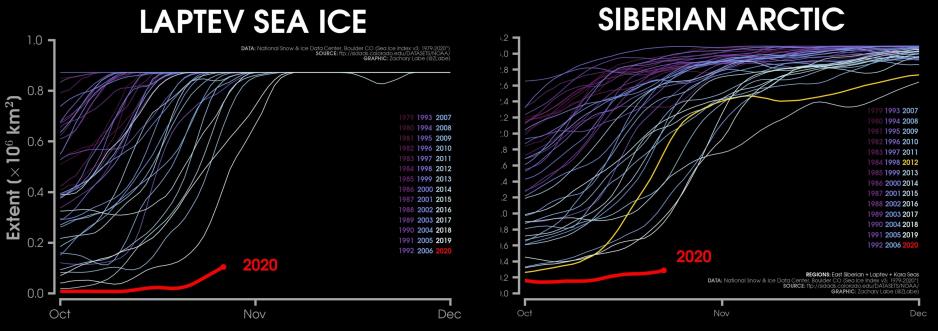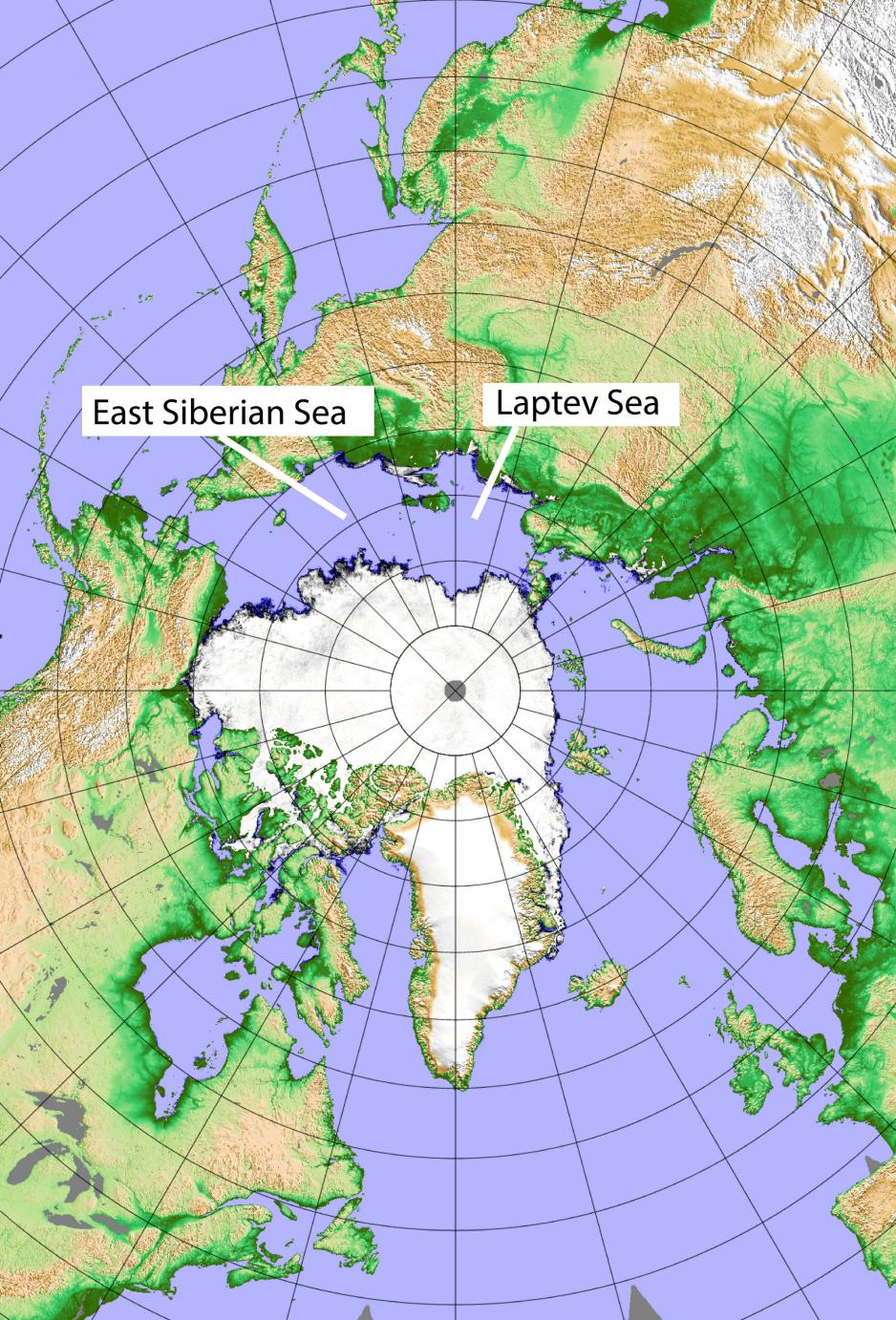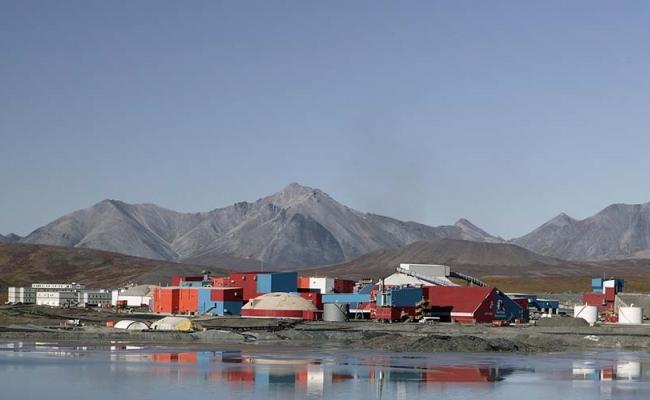Large Parts of Arctic Ocean See Delayed Refreeze With Sea Ice at Record Low
Icebreaker escorting a ship through largely ice-free waters of the Northern Sea Route. (Source: Courtesy of Maersk)
After the Arctic Ocean recorded its second-lowest summer ice minimum last month, conditions have grown worse across the region. Large parts of the Arctic Ocean, which historically should be covered in new sea ice by now, remain largely ice free.
Traditionally the shallow waters along Russia’s coastal shelf to the north of Siberia are among the first to refreeze during the fall season each year. Not this year. Waters along Russia’s coastline remain largely without ice even five weeks after the annual minimum ice extent was recorded in the middle of September.
Historically the Laptev Sea and East Siberian Sea should be fully ice-covered by the end of October.
“Overall, the total extent of Arctic sea ice is the lowest on record for this time of year. In other words, there is the largest area of open water on record this late in the fall freeze season. The greatest amount of open water is currently north of Siberia, which would normally be completely sea ice covered only a few decades ago,” states Zachary Labe, Postdoctoral Researcher for Atmospheric Sciences at the Colorado State University.

Ice extent in the Laptev and East Siberian Sea. (Source: Courtesy of Zach Labe)
Warm ocean and air temperature
Sea ice throughout the Arctic has become thinner and weaker over the past two decades. Scientists of the year-long MOSAiC expedition reported broken-up and only thin ice when the Polarstern research vessels reached the North Pole this summer.
Scientists offer a number of explanations as to why ice formation is so delayed this year. Warmer ocean and air temperatures are the primary causes for the lack of refreeze.
To understand what is happening at the moment it helps to look back to the beginning of summer. Ice across large parts of the Arctic Ocean, but especially along Russia’s Northern Sea Route (NSR) in the Laptev and East Siberian Seas retreated up to two months earlier than usual.
The dark ocean waters absorbed heat from abundant sunshine this summer.
Unseasonably mild temperatures, strong southerly winds and a Siberian summer heat wave with temperatures above 30 degrees melted ice in the region much earlier than usual. Ice retreated so rapidly that Russian tankers carrying liquefied natural gas were able to travel along the NSR by the end of May, almost two months earlier than in previous years.
And by the middle June they did so with little need for icebreaker escorts.

Map showing current ice extent and ice-free Laptev and East Siberian Seas. (Source: Spreen, G., L. Kaleschke, and G.Heygster (2008), Sea ice remote sensing using AMSR-E 89 GHz channels J. Geophys. Res.,vol. 113, C02S03, doi:10.1029/2005JC003384)
Good for shipping, bad for the climate
While the early melt may be good news for shipping companies who conducted record-early voyages across the Arctic and may in the future no longer need icebreaker escorts, this much open water also meant that the open Arctic Ocean without its protective heat shield of reflective ice absorbed a lot more solar radiation.
“As a result, the dark ocean waters absorbed heat from abundant sunshine this summer. Sea surface temperatures then increased to more than 5°C above average earlier this fall,” says Labe.
Thus, before parts of the Arctic Ocean can start to freeze over again they have to shed this excess heat. This takes time, especially when air temperatures are significantly above normal as they are at the moment. The long-term trend of higher global average temperatures also negatively affects the reformation of sea ice.
Lastly, new research suggests that a warm deep water current may be affecting the Laptev Sea region, funneling warmer waters into the region, explains Labe.
Despite all this, once the ocean has released excess energy ice formation will start to pick up. But the late refreeze will likely not be without consequences for sea ice next summer.
“A shorter freeze season can result in thinner ice. Thinner ice tends to be more vulnerable to changing weather conditions. We will have to wait and see what all impacts this event will have on the Arctic. Regardless, it is another example consistent with rapid Arctic climate change,” concludes Labe.




